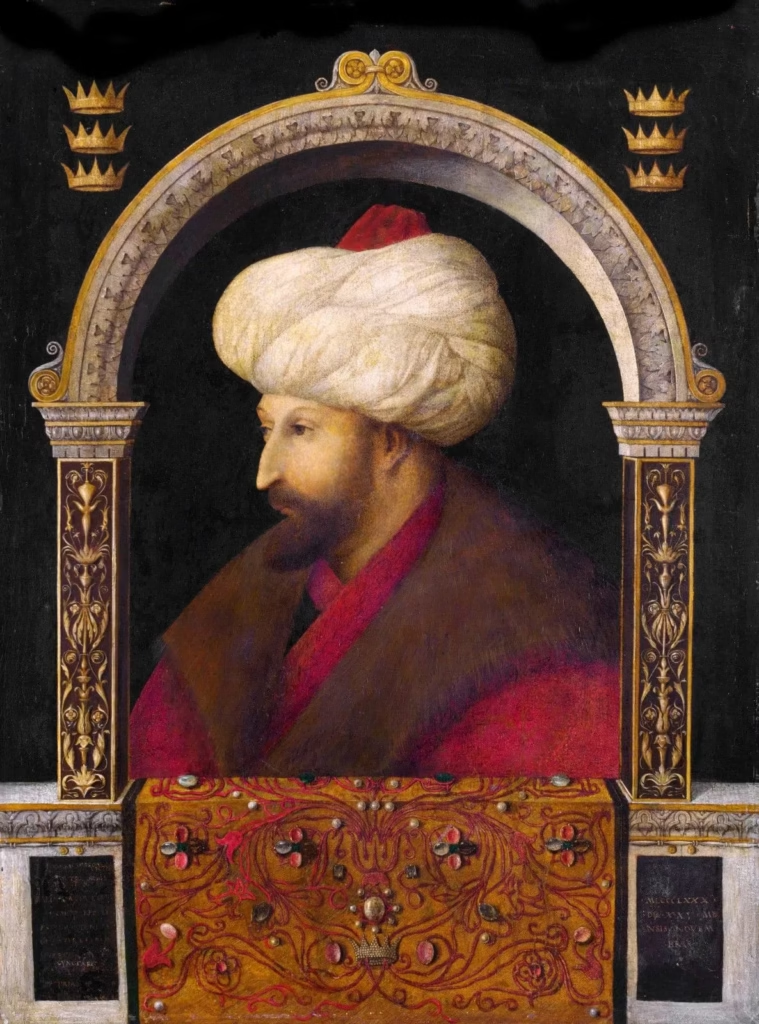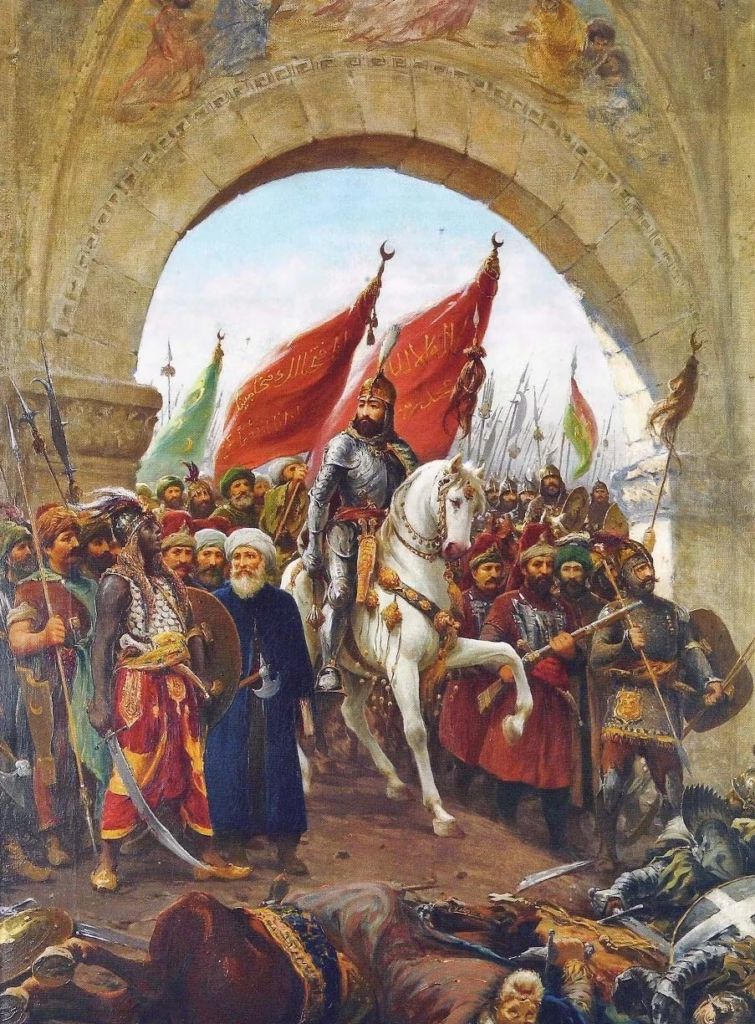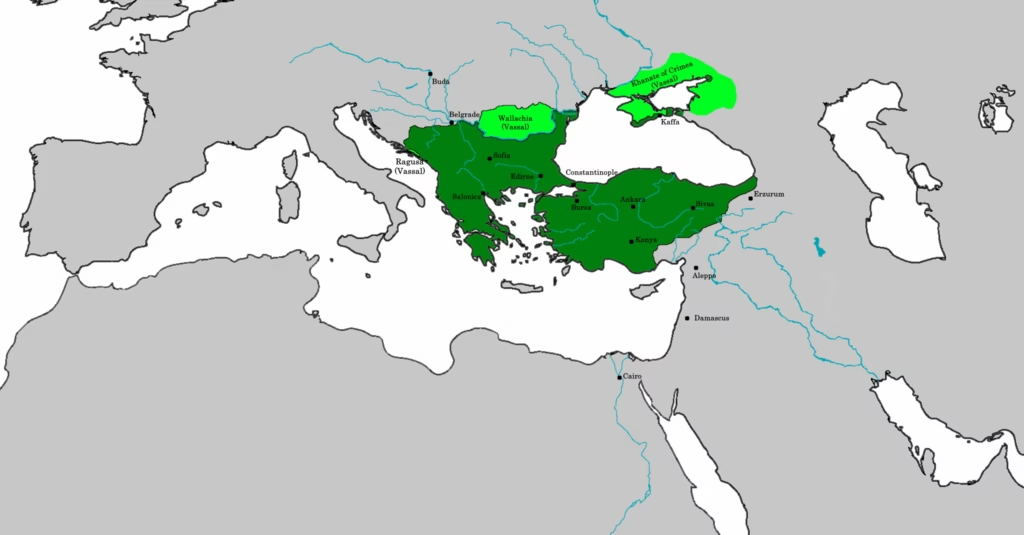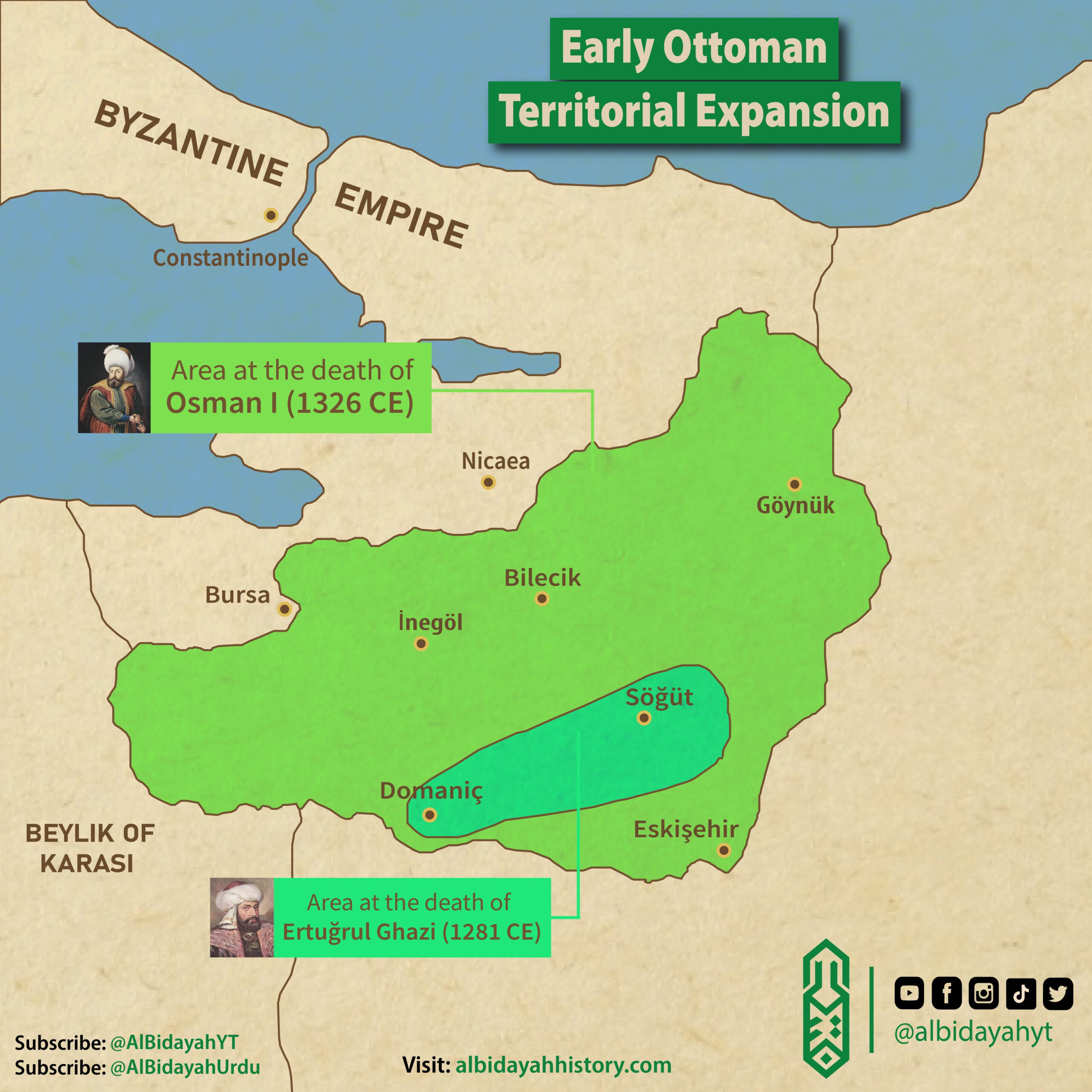On this day, 3rd May 1481 AD, Sultan Mehmed II—the 7th ruler of the Ottoman Empire and one of the greatest military leaders in Islamic history, passed away. He was just 49 years old. Known as Mehmed the Conqueror (Fatih Sultan Mehmet), his reign reshaped the political, cultural, and religious landscape of the region and left a legacy that still echoes through time.

He was a warrior who strove for world dominion but who was at the same time a man of tolerance and culture. Mehmet is said to have spoken Persian, Arabic, ancient Greek and Italian. Mehmed II was one of the most important figures of Islamic as well as Ottoman history. He ruled from August 1444 to September 1446, and then later from February 1451 to May 1481.
See Also: Sultan Abdul Hamid II ascended the throne
In Mehmed II’s first reign, he defeated the crusade led by John Hunyadi after the Hungarian incursions into his country broke the conditions of the truce Peace of Szeged. When Mehmed II ascended the throne again in 1451 CE, he strengthened the Ottoman navy and made preparations to attack Constantinople. At the age of 21, he conquered Constantinople (modern-day Istanbul) and brought an end to the Byzantine Empire.

After the conquest Mehmed claimed the title “Caesar” of the Roman Empire (Qayser-i Rûm), based on the fact that Constantinople had been the seat and capital of the surviving Eastern Roman Empire since its consecration in 330 AD by Emperor Constantine I.
In the following quarter-century, the Conqueror undertook one campaign after another, establishing a centralized empire in Rumelia and Anatolia. He also conquered the Empire of Trebizond in 1461. He established Ottoman control over Serbia, Morea, Bosnia, Albania, and a number of Anatolian territories.
Mehmed the Conqueror is considered to be the true founder of the Ottoman Empire. He established an empire in Europe and Asia with its capital at Istanbul, which was to remain the nucleus of the Ottoman Empire for four centuries. His second reign of 30 years brought huge conquests to his name, leaving an indelible mark on history. Even today, his legacy still lives on.

See Also: Partition of the Ottoman Empire
Sultan Mehmed II died mysteriously on May 3, 1481, during a military expedition—possibly on his way to campaign against Italy or the Mamluk Sultanate in Egypt. The exact cause of his death remains unclear and has long been the subject of speculation. Some historians believe he may have been poisoned.
His death marked the end of an era, but his legacy endured. He is widely regarded as the true founder of the Ottoman Empire, the architect of a dynasty that would last until the early 20th century. The title “Fatih” (the Conqueror) remains forever attached to his name, and in Turkey and across the Islamic world, he is remembered as a symbol of vision, power, and enduring greatness.



